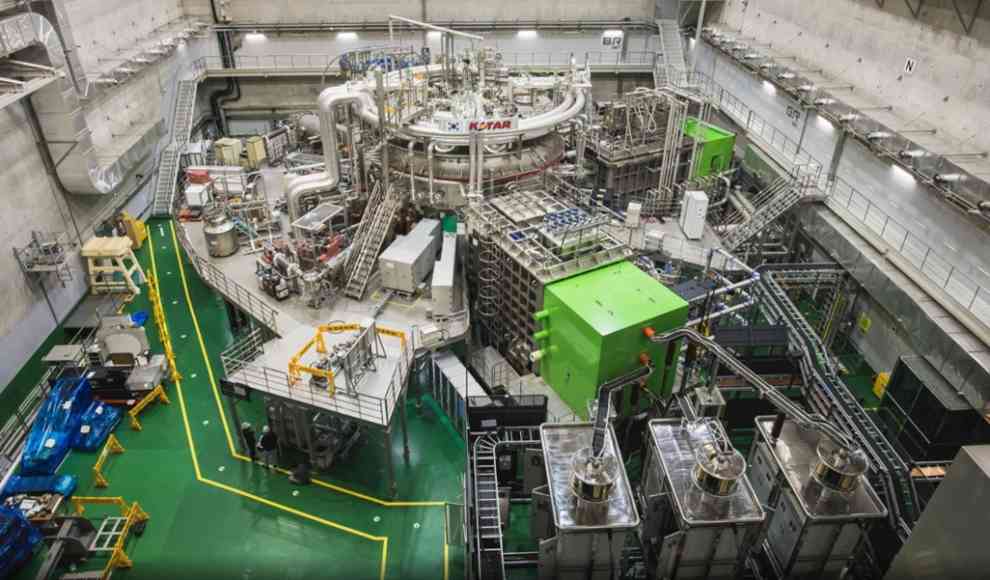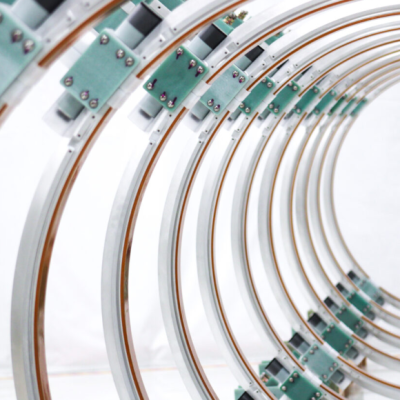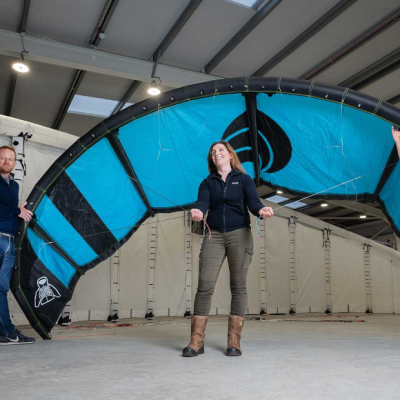South Korean scientists at the Institute for Fusion Energy have broken the world record for operating a fusion reactor, more than doubling the previous record. The ion plasma reached a temperature of over 100 million degrees Celsius. The sun’s immense power is still felt on Earth despite its distance of 150 million kilometers. The sun’s fire is fueled by a fusion reaction in the star’s core, where hydrogen is fused into helium at a temperature of 15 million degrees Celsius. Scientists hope to harness this energy principle on Earth to generate emission-free electricity in fusion reactors. However, such “artificial suns” have only been produced in experimental reactors so far.
According to a publication by the South Korean Institute for Fusion Energy, a new world record was set at the Korea Superconducting Tokamak Advanced Research (KSTAR) reactor. The ion plasma of the fusion reactor reached a temperature of over 100 million degrees Celsius for 20 seconds. The previous world record, also set at the Daejeon-based reactor in 2019, was eight seconds. The long-term goal of the KSTAR scientists is to achieve more stable plasma states. By 2025, they aim to achieve continuous operation of the fusion reactor for five minutes at an ion temperature of over 100 million degrees Celsius.
Fusion reactors require very high temperatures to bring together the repelling nuclei of hydrogen isotopes deuterium and tritium. In this plasma state, the ions and electrons can be separated, leading to the formation of an electrically charged gas. The heat generated can be used to drive steam turbines, which in turn power generators for electricity production, similar to conventional nuclear power plants. While the potential of fusion energy is promising, it remains to be seen whether and when fusion reactors can be used for industrial electricity generation.









